Summary
A Marvel of Ancient Engineering
Porta Maggiore stands as a testament to Rome’s architectural grandeur and engineering mastery. Initially an aqueduct, this edifice was seamlessly incorporated into the city’s defense walls, symbolizing the empire’s resourcefulness. It captivates visitors with its imposing structure, intricate carvings, and the stories of a bygone era preserved in travertine stone.
Get your dose of History via Email

Cultural Beacon Through Ages
This monumental gate has played a pivotal role in Rome’s cultural and social spheres. Its inscriptions and bas-relief artworks offer a snapshot into the governance and values of ancient Rome. Porta Maggiore remains a source of awe, inviting onlookers to reflect on the empire’s might and the everyday lives of Romans long past.
Understanding an Empire’s Spirit
Recent archaeological excavations at Porta Maggiore have brought to light hidden chambers and ancient roads, enriching our understanding of Roman traditions and urban planning. This historical site provides a tangible connection to antiquity, highlighting the innovative spirit that defined Roman civilization and its enduring influence through the centuries.
Historical Background of Porta Maggiore
Origins and Functionality
Porta Maggiore, initially an element of majestic aqueducts, represents a curious blend of utility and grandeur. Built under the rule of Emperor Claudius, it provided a crucial water link to Rome’s citizens. Later, it was transformed into an integral part of the city’s defensive system.
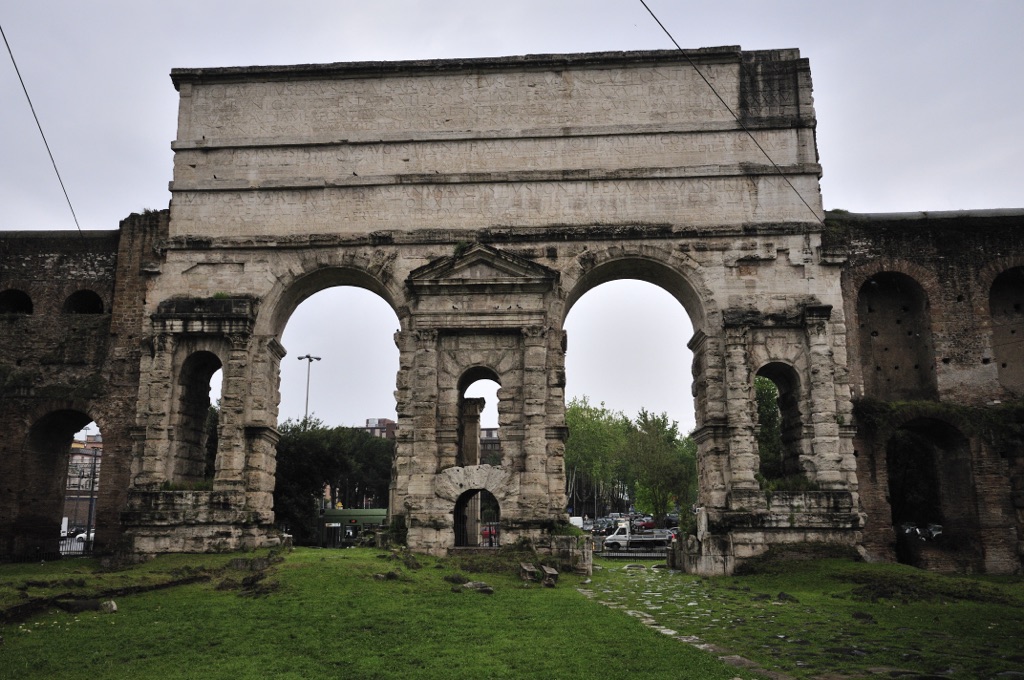
Design and Aesthetic
The gate’s imposing structure and robust travertine stones captivate and reflect ancient Rome’s societal values. Besides its practical use, the decorative inscriptions served as a medium for emperors to relay their conquests and achievements to the populace.
Intersecting Roads and Culture
Porta Maggiore also served as a nexus, where major Roman roads converged, facilitating not just the movement of people, but also the exchange of ideas and traditions. Its location became a bustling juncture, integral to the city’s vibrant life.
Archaeological Discoveries
In more recent times, excavations have unveiled the complexity of this structure. Archaeologists unraveled a deeper historical fabric by studying the remnants and relics found in the vicinity of the gate.
Continuing Relevance and Influence
Today, Porta Maggiore stands as a testament to Rome’s enduring spirit and vision. It serves as an inspiration for modern urban design, combining functionality with enduring beauty and fostering a dialogue between the past and present.
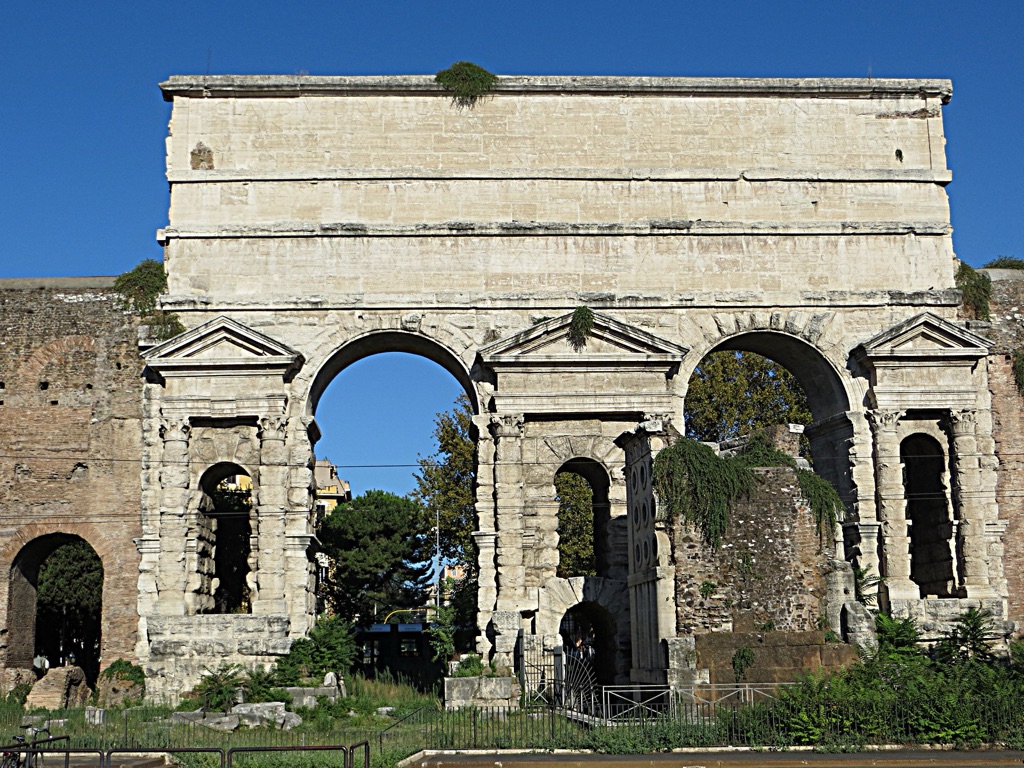
The Discovery of Porta Maggiore
A Chance Reveal During Expansion
The discovery of Porta Maggiore was not born out of an archaeological mission but was a serendipitous find amid Rome’s urban sprawl. As the city modernized and expanded, the ancient gate was uncovered, revealing a piece of history that was once integral to the daily movements in ancient Rome. This accidental uncovering brought the structure back to the scholarly spotlight and public amazement.
The Nineteenth-Century Rediscovery
Dating back to the 19th century, the gate re-emerged during Pope Gregory XVI’s bold city renovations. Covered in layers of history, Porta Maggiore surfaced nearly forgotten by time. This prompted immediate efforts to preserve its grandeur for future generations and to unravel the secrets it held within its engravings and structure.
An Archaeological and Historical Resurgence
The gate’s rediscovery has been pivotal in understanding much of Rome’s past. As scholars began to peel back the centuries, Porta Maggiore started to yield its history, piece by piece, revealing insights into the era’s civic management, social dynamics, and architectural prowess. These insights have sparked a renewed scholarly discussion on the significance of this monument.
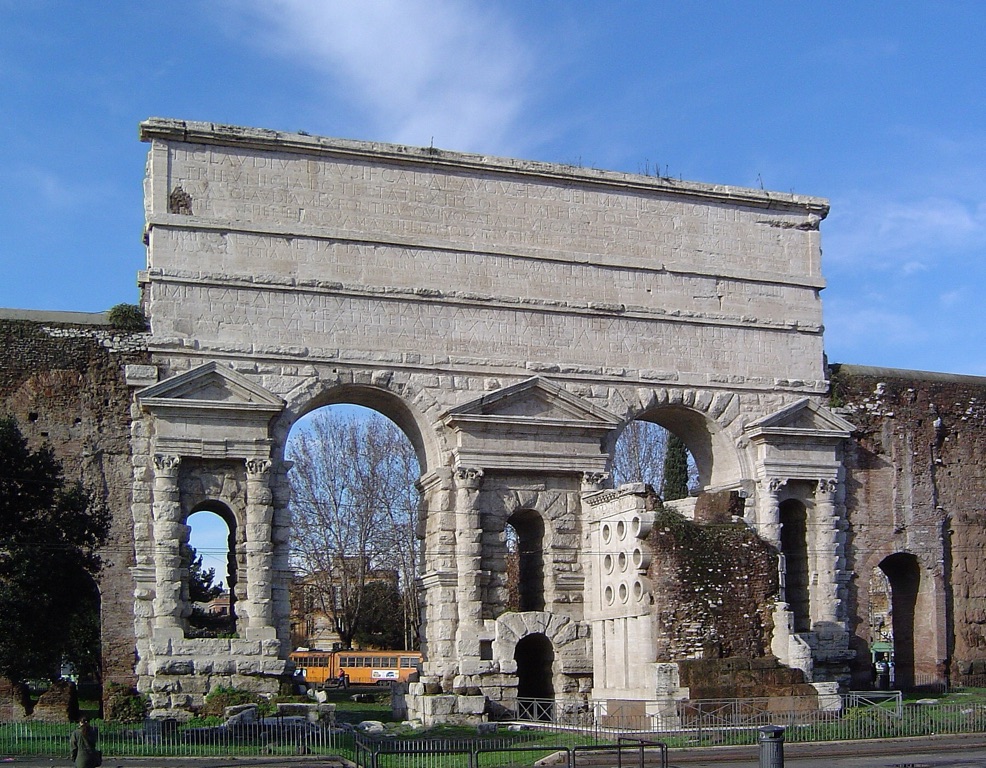
Gate of Aqueducts and Defence
The discovery brought to light the gate’s multifaceted role – as a functional aqueduct and later as part of the city’s defensive walls. Focusing on the travel and commerce it once supported has allowed historians to recreate the vibrancy of the ancient city. It has also highlighted the ingenious Roman techniques of water management and military defense.
Porta Maggiore in the Contemporary Era
Porta Maggiore continues to be a subject of fascination and research, bridging the ancient with the modern. Its discovery – almost as storied as the history it conserves – allows present-day Rome to reflect on its storied path. It is an architectural narrative chronicled through stone and mortar, standing resilient against the passage of time.
Cultural Significance, Dating methods, Theories and Interpretations
Inscribed History
Porta Maggiore’s cultural significance is immense, with every inscription and carving providing insights into the ethos of ancient Rome. This gate once depicted the power and achievements of emperors, narrating stories of triumphs and the city’s engineering feats in its design and purpose. Its location at a critical juncture of ancient roads further signifies its role in commercial and social dynamics, anchoring it as a cornerstone of Roman culture.
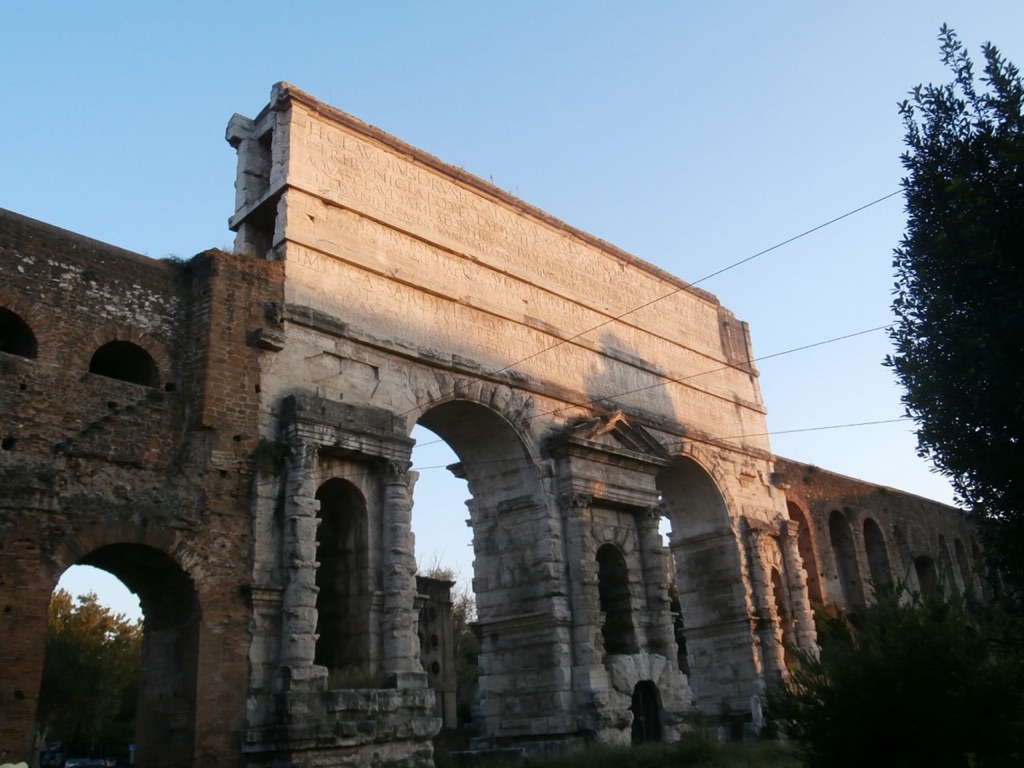
Scientific Scrutiny
Dating methods such as stratigraphy have played a critical role in understanding the timeline of Porta Maggiore. They have provided a tangible context to historical records, reinforcing the authenticity of our knowledge about when the gate was constructed and began its service to Rome. These scientific efforts complement the inscriptions which chronicle the gate’s erection under Emperor Claudius and its later fortification under Aurelian.
Unraveling Intentions
Many theories have been put forth about the gate’s original intent and symbolic purpose. Beyond its primary function as part of Rome’s aqueduct system, some scholars suggest the double archways could signify the two significant aqueducts it supported. These interpretations allow historians to piece together how infrastructure and propaganda could coexist in a singular Roman monument.
Cross-cultural Exchange
The architectural nuances of Porta Maggiore are believed to reflect the cultural amalgamation of the Roman Empire. Its style and detailing suggest an exchange of ideas across its vast territories, encapsulating a period where artistic expression and architectural mastery were in a constant state of evolution within the empire’s melting pot.
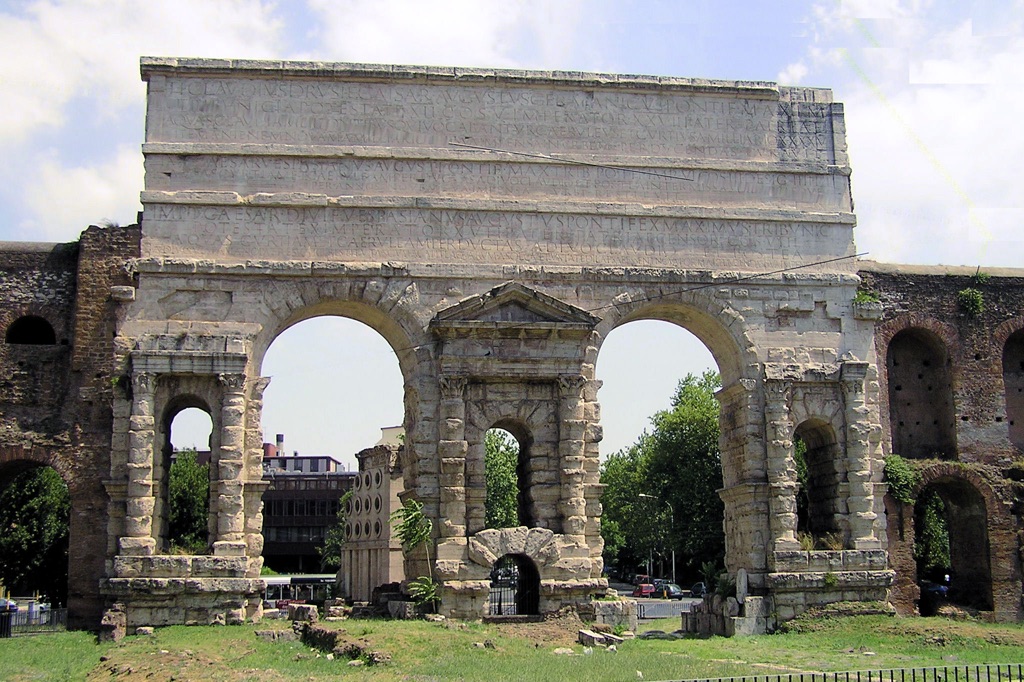
Rome’s Lasting Icon
An emblematic piece of history, Porta Maggiore’s resiliency inspires modern architecture and urban planning. It stresses the importance of structures that serve a purpose beyond their immediate functional intent. As a result, this ancient gate continues its dialogue between the past and present, urging us to consider the lasting impact of our cultural endeavors.
Conclusion and Sources
In the exploration of Porta Maggiore, we synthesize a cultural history with archaeological prowess, intertwining the past’s whispers with today’s echoes. The gate remains a formidable testimony to Rome’s grand narrative, inviting questions, pondering, and a deeper historical appreciation. Through study and preservation, we ensure this sentinel of antiquity continues to speak across the ages, offering insights into the unparalleled Roman civilization.
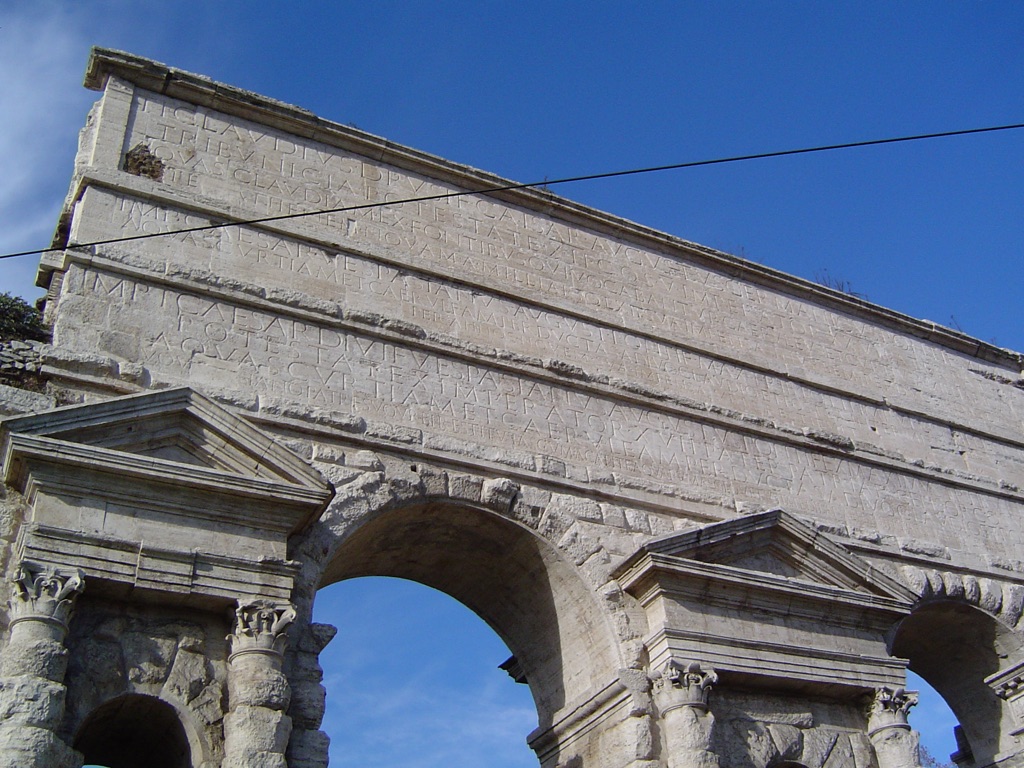
For further reading and to validate the information presented in this article, the following sources are recommended:
Or you can check any of these reputable archaeological and historical texts:
Coulston, J.C.N. and Dodge, H. (2000) ‘Ancient Rome: The Archaeology of the Eternal City’, Oxford University School of Archaeology.
Coarelli, F. (2007) ‘Rome and Environs: An Archaeological Guide’, University of California Press.
Claridge, A. (2010) ‘Rome: An Oxford Archaeological Guide’, Oxford University Press.

